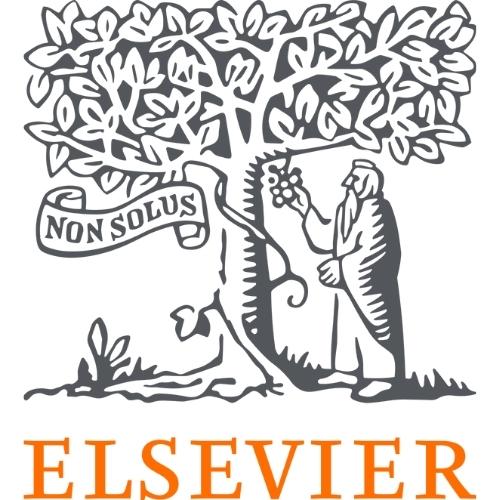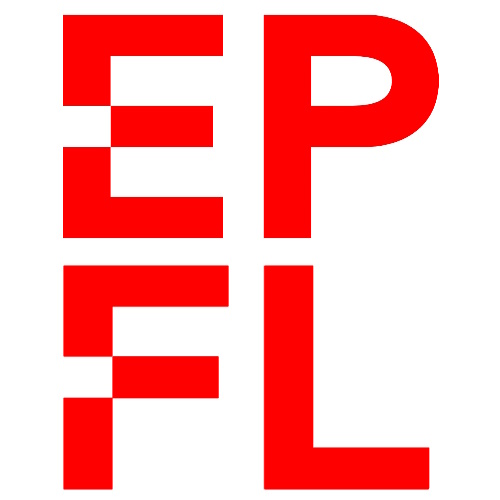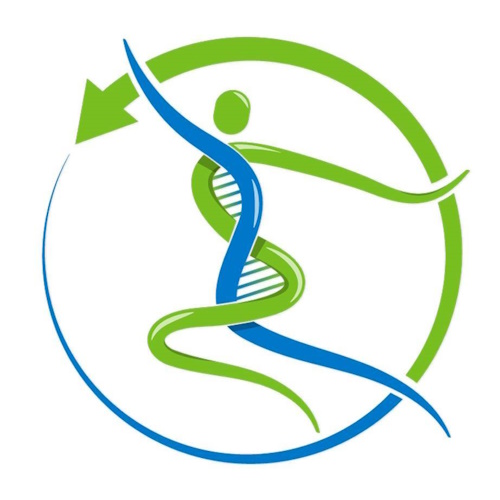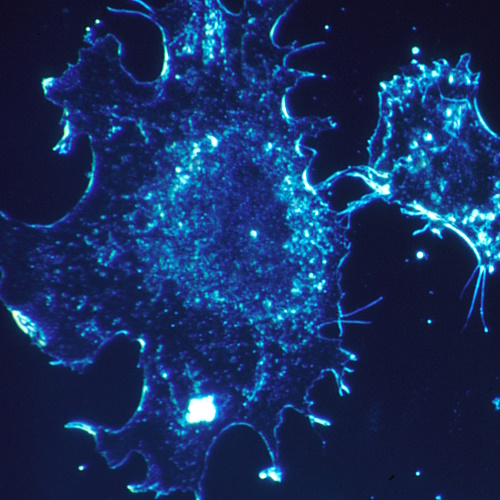Key points from article :
The study shows that nicotinamide riboside (NR), a precursor to NAD+, makes tumors more aggressive in a mouse model.
The researchers employed a well-known technique called bioluminescence imaging to quantify NR uptake by cells and tissues, and they meticulously described how this was done.
They showed that a bioluminescence probe called BiNR can be used to monitor NR uptake in real time both in vitro and in vivo.
BiNR helps scientists gain new insights into the activity and effects of NR, and they used it to assess how NR supplementation affects cancer dynamics.
They found that both cancer cells and cancer-fighting cells need NAD+ to fuel their increased energy demands, so scientists might have to figure out a way to strike a good balance here.
This study did not attempt to assess whether or not NR increases cancer risk in cancer-free mice.
The paper was published in Biosensors and Bioelectronics, Science Direct and carried out at the Swiss Federal Institute of Technology Lausanne.








